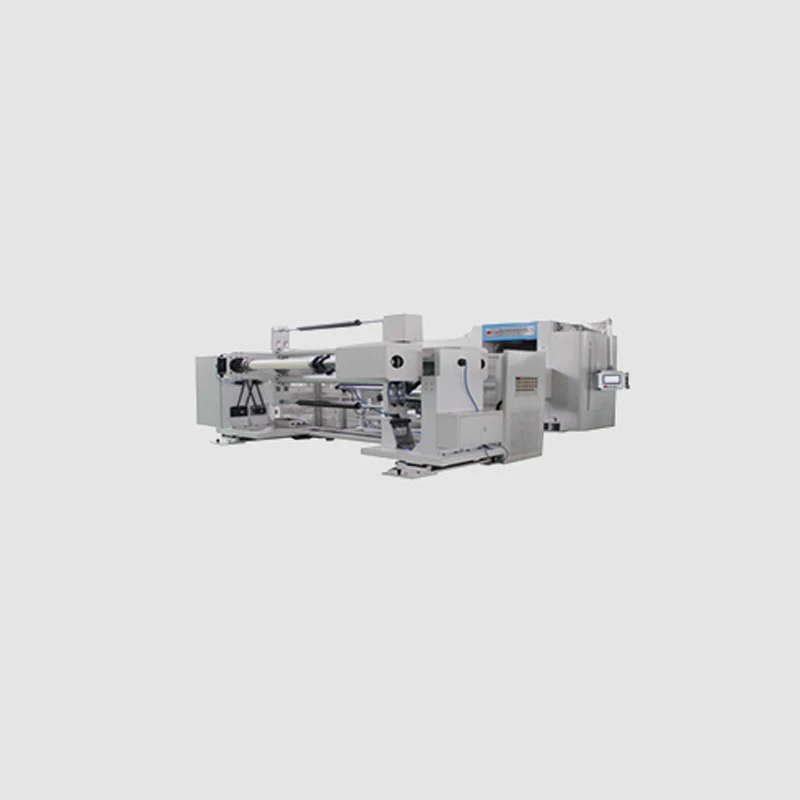types of jute fabric
Types of Jute Fabric A Comprehensive Overview
Jute, often referred to as the golden fiber, is one of the most versatile natural fibers derived from the jute plant. Renowned for its strength, biodegradability, and affordability, jute fabric is used in a variety of applications, from textiles to industrial products. In this article, we will explore the different types of jute fabric, highlighting their unique characteristics and uses.
1. Raw Jute Fabric
Raw jute fabric is the most basic form of jute, consisting of jute fibers that have been twisted and woven into coarse, thick material. It is typically unrefined and remains in its natural golden hue. This fabric is primarily used in the production of sacks and bags, making it ideal for packaging agricultural products such as grains, rice, and vegetables. Its durability and strength make it a popular choice for heavy-duty applications.
2. Hessian Fabric
Hessian, also known as burlap in some regions, is a type of woven jute fabric characterized by its coarse texture and earthy appearance. This fabric is tightly woven, providing it with greater durability and a slightly smoother surface than raw jute. Hessian fabric is commonly used for making decorative items, eco-friendly bags, and upholstery. Additionally, it serves a practical purpose in erosion control and as a protective covering for plants in agricultural practices.
3
. Jute CanvasJute canvas is a heavier, thicker version of jute fabric that is often used in outdoor applications. This fabric is renowned for its strength and ability to withstand harsh weather conditions. It is commonly used in making tents, tarps, and heavy-duty bags. Jute canvas, when treated properly, can also be waterproof, making it suitable for various industrial uses. Moreover, its robust nature allows for easy dyeing, enabling the production of custom colors and designs.
types of jute fabric

4. Jute Twill
Twill is a type of jute fabric that features a diagonal weave, providing a soft texture and enhanced durability. This fabric is often used in the fashion industry for creating jackets, bags, and accessories due to its stylish appearance. Jute twill is also an excellent choice for home décor items such as cushion covers and curtains. Its unique weave not only adds aesthetic appeal but also ensures that the fabric is both strong and flexible.
5. Jute Silk
Blending silk into jute fibers results in jute silk, a luxurious fabric that combines the best attributes of both materials. Jute silk features a soft sheen and a smoother texture, making it suitable for high-end fashion and formal occasions. Designers often use jute silk to create elegant sarees, dresses, and other clothing items. This fabric retains the eco-friendly qualities of jute while adding a touch of sophistication, appealing to environmentally conscious consumers looking for stylish options.
6. Jute Geotextiles
Jute geotextiles are an innovative application of jute fabric in environmental engineering. These biodegradable fabrics are used in soil stabilization, erosion control, and landscaping. Jute geotextiles allow water to permeate while retaining soil structure and preventing sediment loss. They serve as an eco-friendly alternative to synthetic materials, promoting sustainable practices in construction and landscaping.
Conclusion
The versatility of jute fabric is evident in its numerous types, each suited to specific purposes and applications. From raw jute sacks that carry heavy loads to luxurious jute silk garments that grace runways, this natural fiber continues to be a valuable resource in various industries. Its biodegradability assures consumers of its minimal environmental impact, aligning with the increasing demand for sustainable materials. As awareness of ecological issues grows, jute fabric is poised to play a significant role in the future of textiles and beyond.
Share
-
The Best Lubricants for Aluminum Roller GuidesNewsJul.23,2025
-
Slitting Machine Applications in the Packaging IndustryNewsJul.23,2025
-
Rolling Roller Balancing Techniques for Smooth OperationNewsJul.23,2025
-
How To Optimize An EV Battery Assembly LineNewsJul.23,2025
-
Energy Efficiency in Modern Battery Formation EquipmentNewsJul.23,2025
-
Automation Trends in Pouch Cell Assembly EquipmentNewsJul.23,2025







